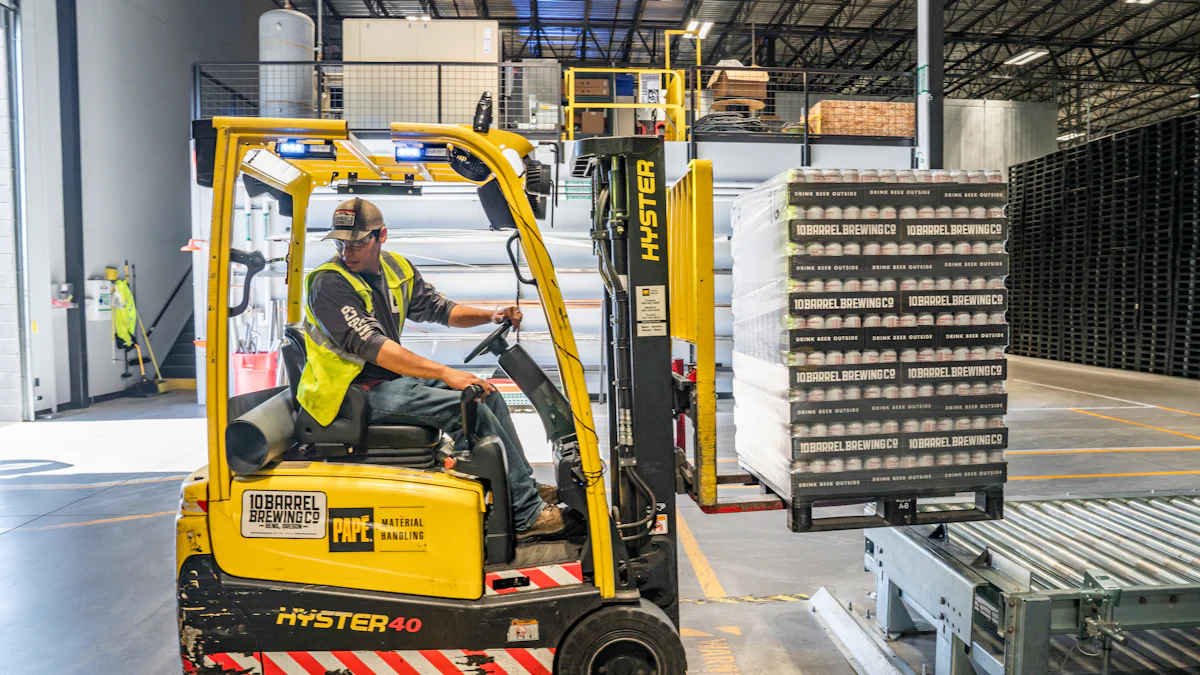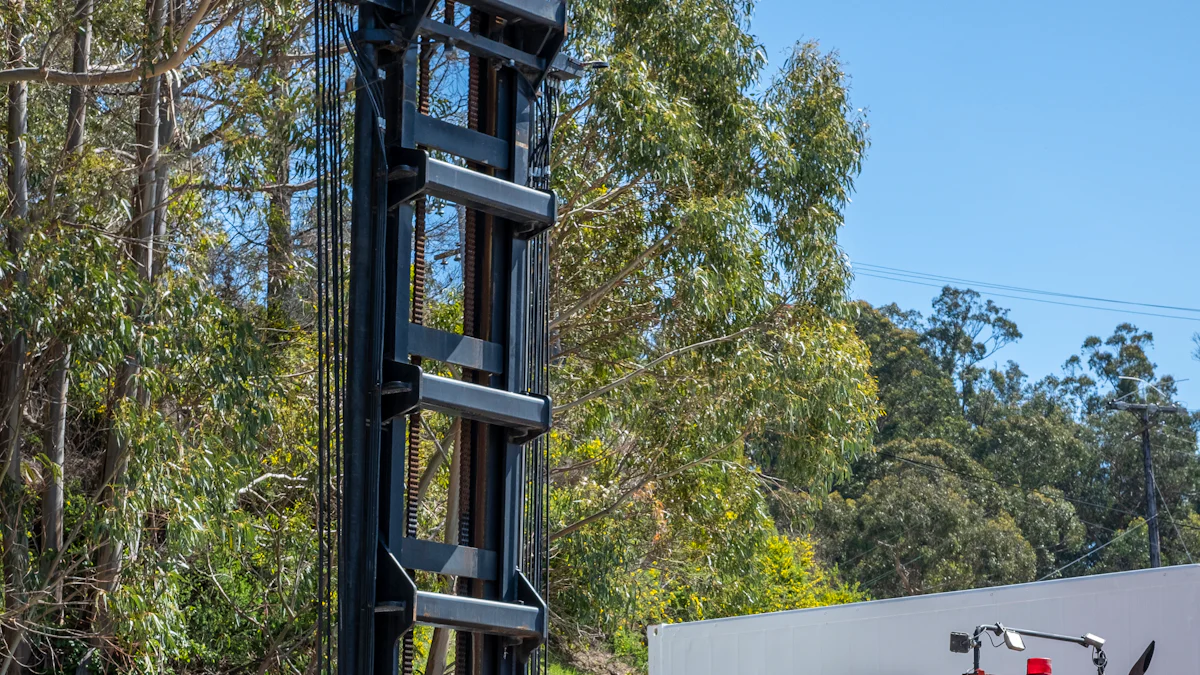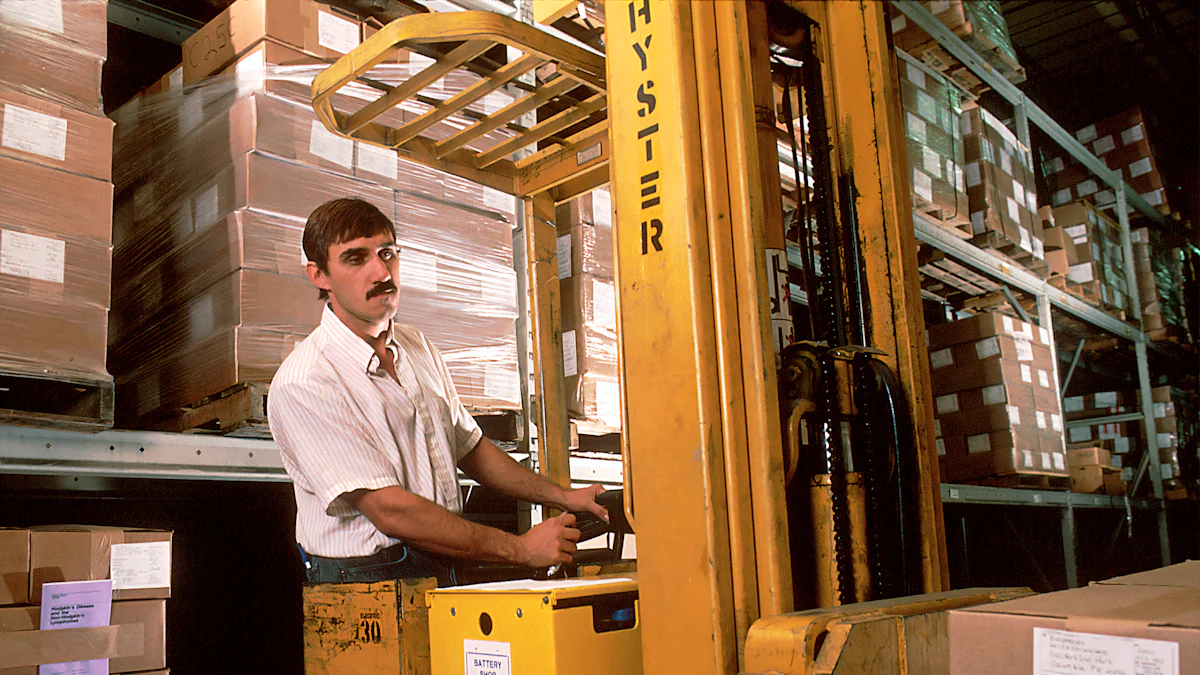
In the realm of material handling, forklifts play a pivotal role in streamlining operations and enhancing efficiency. The two primary contenders in this domain are manual forklifts and electric forklifts, each offering distinct advantages. This blog aims to delve into a comprehensive comparison between these stalwarts to determine the superior choice based on specific operational needs and cost-effectiveness. Additionally, we will explore the role of pallet jacks in complementing these forklifts to further optimize material handling processes.
Cost Comparison
When considering the initial purchase cost, manual forklifts stand out as a cost-effective option, requiring a lower investment upfront. On the other hand, electric forklifts may have a higher initial cost but offer long-term savings through reduced maintenance and operational expenses.
In terms of maintenance and operating costs, manual forklifts generally have lower ongoing expenses compared to their electric counterparts. The simplicity of manual forklifts translates to fewer components that require maintenance, leading to decreased overall operating costs. Conversely, electric forklifts might have higher maintenance costs due to their complex electronic systems and battery upkeep requirements.
Considering both the initial purchase cost and long-term expenses, the choice between manual and electric forklifts hinges on specific operational needs and budget considerations.
Functionality and Performance

Lifting Capacity and Efficiency
Manual Forklifts
- Cost-Effective Operation: Manual forklifts offer a budget-friendly solution for businesses looking to optimize their material handling processes.
- Efficient Handling: With lifting capacities suitable for small to medium-sized loads, manual forklifts ensure efficient operations in various warehouse settings.
- Versatile Maneuvering: Operators can easily navigate tight spaces and adjust lifting heights with manual forklifts, enhancing overall efficiency.
Electric Forklifts
- Enhanced Productivity: Electric forklifts provide higher lifting capacities, making them ideal for heavy-duty operations requiring increased efficiency.
- Time-Saving Performance: The electric counterparts streamline material handling tasks, reducing the time needed to transport goods across the warehouse.
- Labor-Saving Benefits: Electric forklifts minimize manual labor requirements, promoting a more streamlined workflow in large-scale distribution centers.
Maneuverability and Ease of Use
Manual Forklifts
- Adaptability in Operations: Manual forklift operators have full control over maneuvering, allowing them to adjust movements swiftly based on changing warehouse conditions.
- User-Friendly Design: The simplicity of manual forklift controls ensures ease of use, enabling operators to focus on efficient material handling without complex functionalities.
Electric Forklifts
- Automated Precision: Electric forklifts offer automated features that enhance precision during lifting and movement tasks, ensuring consistent performance in demanding environments.
- Effortless Handling: Operators experience reduced physical strain when operating electric forklifts due to automated functionalities, promoting ergonomic practices in material handling operations.
Environmental Impact
Emissions and Noise
Manual Forklifts
- Emitting no harmful fumes, manual forklifts contribute to a cleaner work environment.
- Operating silently, these forklifts reduce noise levels, enhancing workplace safety.
- Minimizing the risk of hearing loss and accidents, manual forklifts prioritize operator well-being.
Electric Forklifts
- With low emissions, electric forklifts are optimal for indoor operations, promoting air quality.
- Generating minimal noise during operation, these forklifts create a quieter work environment.
- Reducing operator fatigue and back issues, electric forklifts prioritize worker health and safety.
Usage Scenarios

Ideal Environments for Manual Forklifts
Manual forklifts find their niche in small warehouses where space constraints demand nimble handling solutions. Their compact design and manual operation allow for seamless navigation through tight aisles, ensuring efficient pallet movement without the need for extensive charging or maintenance breaks.
For budget-conscious operations, manual forklifts emerge as the cost-effective champions, offering a reliable material handling solution without the added expenses of battery upkeep or complex electronic systems. In scenarios where simplicity and affordability are paramount, manual forklifts prove to be indispensable assets.
Ideal Environments for Electric Forklifts
In large warehouses and distribution centers, electric forklifts reign supreme with their robust lifting capacities and consistent performance. These powerhouses excel in handling heavy loads across expansive warehouse floors, enhancing operational efficiency and throughput.
For operations requiring high efficiency levels, electric forklifts stand out as the go-to choice. Their automated precision and time-saving capabilities streamline material handling tasks, reducing labor requirements and optimizing workflow productivity to meet demanding operational needs.
Consider these factors when it comes time to make a purchase decision: the ongoing race for the right Material Handling Equipment (MHE) & Warehouse Equipment is narrowing with the increase in competition of forklift technologies available in the market. The buyer has to decide the purchase based on Application, Performance, Total Cost Benefits, and Environmental Effects. Choose the one that is practical based on your own situation. Each type has its advantages and disadvantages, so it’s crucial to assess your specific needs carefully before making a decision. From price to function, ensure you choose wisely to optimize your material handling operations effectively.
Post time: Jun-24-2024
